“The Street Is a River”: The (Narco)corrido Public as “el Pueblo”
Keywords:
publics, corridos, Mexico, bordersAbstract
Through detailed analysis of some (narco)corridos, along with the practice of taking them up and relating them to daily life, this essay explores how this musical and narrative genre interpellates its public as “el pueblo” (the people). Relying on the linguistic anthropological perspective on publics as reflexive entities, formed in the circulation of discourse, it examines the paradoxical emergence of el pueblo amidst ideologies that emphasize the role of power (whether that of organized crime or of the State) in public communication. Ethnographically, the essay is situated in the city of Tijuana, on Mexico’s border with the United States and a crucial place in the imaginary of the world projected by the corridos.
https://doi.org/10.22380/2539472X28Downloads
References
Arendt, Hannah. 1996. La condición humana. Barcelona: Paidós.
Astorga, Luis. 1995. Mitología del narcotraficante en México. México D. F.: Plaza y Valdés.
—. 2005. “Notas críticas. Corridos de traficantes y censura”. Región y Sociedad 17 (32): 145-165.
Bajtín, Mijaíl. 1986. “Formas del tiempo y del cronotopo en la novela (ensayos sobre poética histórica)”. En Problemas literarios y estéticos, 269-468. La Habana: Arte y Literatura.
Benveniste, Émile. 1982. Problemas de lingüística general. México D. F.: Siglo XXI.
Bhabha, Homi. 2002. “A pan solo. Signos de violencia a mediados del siglo XIX”. En El lugar de la cultura, 241-255. Buenos Aires: Manantial.
Cody, Francis. 2009. “Daily Wires and Daily Blossoms: Cultivating Regimes of Circulation in Tamil India’s Newspaper Revolution”. Journal of Linguistic Anthropology 19 (2): 286-309.
—. 2011. “Publics and Politics”. Annual Review of Anthropology 40: 37-52.
Das, Veena. 1998. “Official Narratives, Rumour, and the Social Production of Hate”. Social Identities 4 (1): 110-130.
De la Garza, María Luisa. 2007. Ni aquí ni allá. El emigrante en los corridos y en otras canciones populares. Cádiz: Fundación Municipal de Cultura y Ayuntamiento de Cádiz.
—. 2008. Pero me gusta lo bueno: una lectura ética de los corridos que hablan del narcotráfico y de los narcotraficantes. México D. F.: Unicach; Porrúa.
Edberg, Mark Cameron. 2004. El Narcotraficante: Narcocorridos and the Construction of a Cultural Persona on the U.S.-Mexico Border. Austin: University of
Texas Press.
Eiss, Paul. 2010. In the Name of El Pueblo: Place, Community, and the Politics of History in Yucatán. Durham: Duke University Press.
Foucault, Michel. 1978. Vigilar y castigar. Nacimiento de la prisión. México D. F.: Siglo XXI.
Gal, Susan y Kathryn Woolard, eds. 2001. Languages and Publics: The Making of Authority. Manchester: St. Jerome Publishing.
Goffman, Erving. 1974. Frame Analysis: An Essay on the Organization of Experience. Nueva York: Harper and Row.
Guha, Ranajit. 1983. Elementary Aspects of Peasant Insurgency in Colonial India. Delhi: Oxford University Press.
Habermas, Jürgen. 1981. Historia y crítica de la opinión pública. La transformación estructural de la vida pública. Barcelona: Gili.
Herlinghaus, Hermann. 2009. Violence without Guilt: Ethical Narratives from the Global South. Nueva York: Palgrave Macmillan.
Herrera, Neldy. 2009. “Hay Tucanes para todos”, 3 de febrero. Consultado el 16 de octubre de 2014. http://musica.univision.com/noticias/article/2009-01-23/los-tucanes-de-tijuana-te.
Herrera-Sobek, María. 1979. “The Theme of Drug Smuggling in the Mexican Corrido”. Revista Chicano-Riqueña 7 (4): 49-61.
—. 1993. Northward Bound: The Mexican Immigrant Experience in Ballad and Song. Bloomington: Indiana University Press.
Hill, Jane y Judith Irvine, eds. 1992. Responsibility and Evidence in Oral Discourse. Cambridge: Cambridge University Press.
Hobsbawm, Eric. 1969. Bandits. Nueva York: Delacorte Press.
Irvine, Judith. 1992. “Insult and Responsibility: Verbal Abuse in a Wolof Village”. En Responsibility and Evidence in Oral Discourse, editado por Jane Hill y Judith Irvine, 105-134. Cambridge: Cambridge University Press.
—. 1996. “Shadow Conversations: The Indeterminacy of Participant Roles”. En Natural Histories of Discourse, editado por Michael Silverstein y Greg Urban,
131-159. Chicago: University of Chicago Press.
Jakobson, Roman. 1985. “Los conmutadores, las categorías verbales y el verbo ruso”. En Ensayos de lingüística general, 307-332. Barcelona: Planeta.
Leal, Alejandra. 2014. “Del pueblo a la sociedad civil: el discurso político después del sismo de 1985”. Revista Mexicana de Sociología 76 (3): 441-469.
Lomnitz, Claudio. 1999. “Ritual, rumor y corrupción en la conformación de los ‘sentimientos de la nación’”. En Modernidad indiana. Nueve ensayos sobre nación y mediación en México. México D. F.: Planeta.
Montejano, David. 1987. Anglos and Mexicans in the Making of Texas, 1836-1986. Austin: University of Texas Press.
Muehlmann, Shaylih. 2014. When I Wear my Alligator Boots: Narco-Culture in the U.S.-Mexico Borderlands. Berkeley: University of California Press.
Muniz, Chris. 2013. “Narcocorridos and the Nostalgia of Violence: Postmodern Resistance en la Frontera”. Western American Literature 48 (1-2): 56-69.
Paredes, Américo. (1958) 1993. “The Mexican Corrido: Its Rise and Fall”. En Folklore and Culture on the Texas-Mexican Border, 129-141. Austin: University of
Texas at Austin.
—. 1995. A Texas-Mexican Cancionero: Folksongs of the Lower Border. Austin: University of Texas Press.
Paz, Alejandro. 2009. “The Circulation of Chisme and Rumor: Gossip, Evidentiality, and Authority in the Perspective of Latino Labor Migrants in Israel”. Journal of Linguistic Anthropology 19 (1): 117-143.
Rafael, Vincent. 1997. “‘Your Grief is our Gossip’: Overseas Filipinos and other Spectral Presences”. Public Culture 9 (2): 267-291.
—. 2000. “Anticipating Nationhood: Identification, Collaboration, and Rumor in Filipino Responses to Japan”. En White Love and other Events in Filipino History, 103-121. Durham: Duke University Press.
Ragland, Cathy. 2009. Música Norteña: Mexican Migrants Creating a Nation between Nations. Filadelfia: Temple University Press.
Ramírez-Pimienta, Juan Carlos. 2011. Cantar a los narcos. Voces y versos del narcocorrido. México D. F.: Planeta.
—. 2013. “De torturaciones, balas y explosiones: narcocultura, Movimiento Alterado e hiperrealismo en el sexenio de Felipe Calderón”. A Contracorriente
10 (3): 302-334.
Redfield, Robert. 1930. Tepoztlan: A Mexican Village: A Study of Folk Life. Chicago: The University of Chicago Press.
Scott, James. 1985. Weapons of the Weak: Everyday Forms of Peasant Resistance. New Haven: Yale University Press.
Siegel, James. 1993. “I Was not There, but...”. Archipel 46: 59-65.
Silverstein, Michael y Greg Urban. 1996. “The Natural History of Discourse”. En Natural Histories of Discourse, editado por Michael Silverstein y Greg Urban,
1-17. Chicago: University of Chicago Press.
Simonett, Helena. 2001. “Narcocorridos: An Emerging Micromusic of Nuevo L. A.”. Ethnomusicology 45 (2): 315-337.
Spitulnik, Deborah. 2001. “The Social Circulation of Media Discourse and the Mediation of Communities”. En Linguistic Anthropology, editado por Alessandro
Duranti, 95-118. Malden: Blackwell Publishers.
“Tirotean a gruperos”. 2006. Zeta, 11-17 de agosto. http://zetatijuana.com/.
Urban, Greg. 2001. Metaculture: How Culture Moves through the World. Minneapolis: University of Minnesota Press.
Valenzuela Arce, José Manuel. 2003. Jefe de jefes: corridos y narcocultura en México. La Habana: Casa de las Américas.
Wald, Elijah. 2001. Narcocorrido: A Journey into the Music of Drugs, Guns, and Guerrillas. Nueva York: Harper Collins.
Warner, Michael. 2008. Públicos y contrapúblicos. Barcelona: Museu d’Art Contemporani de Barcelona; Universitat Autònoma de Barcelona.
Yeh, Rihan. 2012. “Two Publics in a Mexican Border City”. Cultural Anthropology 27 (4): 713-734.
Discografía
Los Cachorros de Juan Villarreal. 2014. “Se les peló Baltazar”. Juan Villarreal. En 20 éxitos corridos y canciones, Cadena Musical, CD.
Los Huracanes del Norte. 1992. “Doble fondo carga pesada”. Baltazar Brito. En Con nuevos horizontes... Único, casete.
Los Tigres del Norte. 1996. “Los tres de Zacatecas”. Teodoro Bello. En Unidos para siempre, Fonovisa, casete.
—. 1997. “Jefe de jefes”. Teodoro Bello. En Jefe de jefes, Fonovisa, casete.
—. 1989. Corridos prohibidos. Fonovisa, casete.
—. 1995. “Morir matando”. Teodoro Bello. En El ejemplo, Fonovisa, casete.
Tucanes de Tijuana. 1997. “Boletín de prensa”. Mario Quintero. En Tucanes de plata, EMI, CD.




















